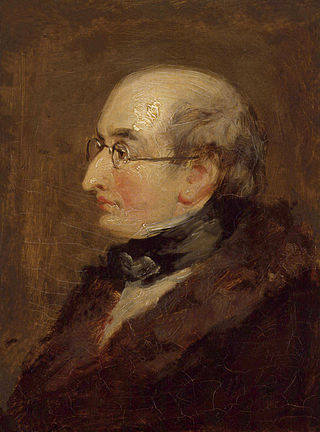
Benjamin Robert Haydon was a British painter who specialised in grand historical pictures, although he also painted a few contemporary subjects and portraits. His commercial success was damaged by his often tactless dealings with patrons, and by the enormous scale on which he preferred to work. He was troubled by financial problems throughout his life, which led to several periods of imprisonment for debt. He died by suicide in 1846.

Samuel Prout was a British watercolourist, and one of the masters of watercolour architectural painting. Prout secured the position of Painter in Water-Colours in Ordinary to King George IV in 1829 and afterwards to Queen Victoria. John Ruskin, whose work often emulated Prout's, wrote in 1844, "Sometimes I tire of Turner, but never of Prout". Prout is often compared to his contemporaries: Turner, Constable and Ruskin, whom he taught. He was the uncle of the artist John Skinner Prout.
Events in the year 1827 in Art.
James Rendel Harris was an English biblical scholar and curator of manuscripts, who was instrumental in bringing back to light many Syriac Scriptures and other early documents. His contacts at the Saint Catherine's Monastery on Mount Sinai in Egypt enabled twin sisters Agnes Smith Lewis and Margaret Dunlop Gibson to discover there the Sinaitic Palimpsest, the oldest Syriac New Testament document in existence. He subsequently accompanied them on a second trip, with Robert Bensly and Francis Crawford Burkitt, to decipher the palimpsest. He himself discovered there other manuscripts. Harris's Biblical Fragments from Mount Sinai appeared in 1890. He was a Quaker.

Sir Charles Lock Eastlake was a British painter, gallery director, collector and writer of the 19th century. After a period as keeper, he was the first director of the National Gallery. From 1850 to 1865 he served as President of the Royal Academy, succeeding Martin Archer Shee in the role.
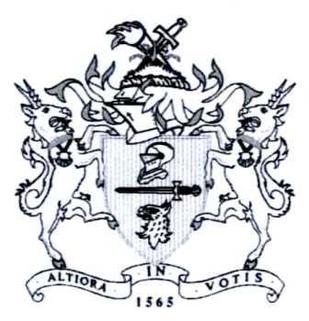
Highgate School, formally Sir Roger Cholmeley's School at Highgate, is a co-educational, fee-charging, private day school, founded in 1565 in Highgate, London, England. It educates over 1,400 pupils in three sections – Highgate Pre-Preparatory School, Highgate junior school and the senior school (11+) – which together comprise the Highgate Foundation. As part of its wider work the charity was from 2010 a founding partner of the London Academy of Excellence and it is now also the principal education sponsor of an associated Academy, the London Academy of Excellence Tottenham, which opened in September 2017. The principal business sponsor is Tottenham Hotspur FC. The charity also funds the Chrysalis Partnership, a scheme supporting 26 state schools in six London boroughs.

Sir George Christopher Molesworth Birdwood was an Anglo-Indian official, naturalist, and writer.
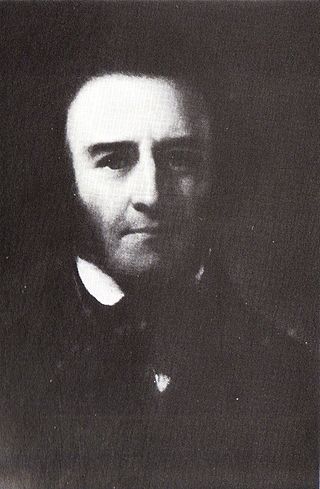
James Meadows Rendel FRS was a British civil engineer.
St Saviour's Grammar School was a free grammar school for boys located in the borough of Southwark, south of the River Thames in London, England. It existed as a separate entity from 1559 until 1896, when it was amalgamated with St Olave's Grammar School, which was renamed St Olave's and St Saviour's Grammar School For Boys.

John Skinner Prout was a British painter, writer, lithographer and art teacher who worked in Australia in the 1840s.

Hele's School, formerly Plympton Grammar School, is a mixed Academy school and Sixth Form in the Plympton district of Plymouth, England, 6 miles (9.7 km) east of Plymouth city centre. Until 31 March 2011, Hele’s was a community school funded by the Local Education Authority (LEA), which is Plymouth City Council. From 1 April 2011, Hele's became an Academy, which among other things gives the school financial and educational independence. The school has a voluntary Combined Cadet Force with Navy, Army and RAF sections. Cadets in the CCF are given the option to take part in the annual Ten Tors Challenge on Dartmoor.
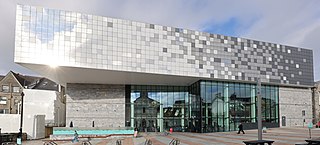
The Box is a museum, gallery and archive in Plymouth, Devon, England, opened in 2020 housing a collection of about 2 million items. The core of the building was previously Plymouth City Museum and Art Gallery which closed in 2016. The building was created in 1907–1910 by Thornely and Rooke in Edwardian Baroque style. and was combined with the former Central Library building and St Luke's Church on Tavistock Place into The Box.
John Bidlake was an English author, artist and educator.

Philip Hutchins Rogers (1794–1853) was an English marine and landscape painter.

Longton High School was a school in Longton and later Meir, Staffordshire from 1760 to 2010.
Tottenham Grammar School (TGS) was a grammar school in North London, with local football connections. Its history goes back beyond the 1631 bequest by the Duchess of Somerset. It closed in 1988, but it created the Tottenham Grammar School Foundation.
Ambrose Bowden Johns was a British artist based in Plymouth whose work was in a similar style to his friend Turner. His house was base for artistic activity in Plymouth where he encouraged local artists including Benjamin Robert Haydon and Samuel Prout.

Lincoln Grammar School or Lincoln Free School was formed as the result of the amalgamation of the Lincoln City Free School and the Lincoln Chapter Grammar School. The amalgamation occurred in January 1584, but the two schools may have been effectively working as single school from 1560. In 1574 Lincoln City Corporation had reached an agreement with Robert Monson who was donating the Greyfriars for use as a Grammar School. This was to replace an older City Free school, which had been in scholegate. The exact location of this Free school is uncertain, but scholegate probably refers to Danesgate, but other evidence suggests that the earlier school was close to St Rumbold's church.
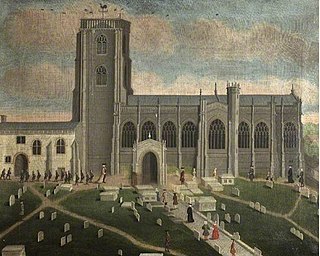
Yeovil Grammar School was a grammar school in Yeovil, Somerset, which was founded or refounded about 1860 and closed in 1906 when its only headmaster, Henry Monk, retired.